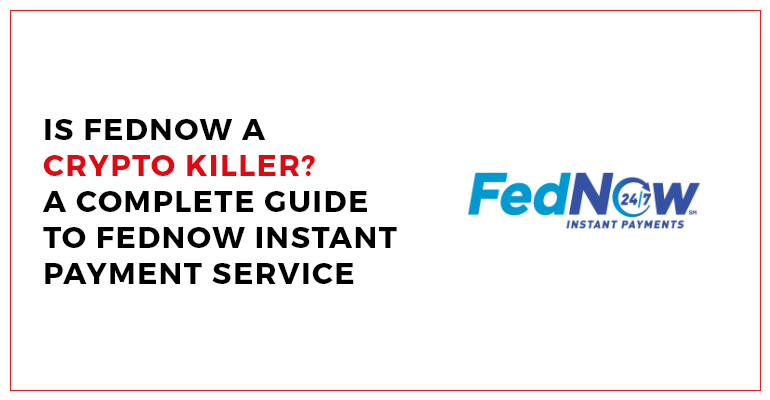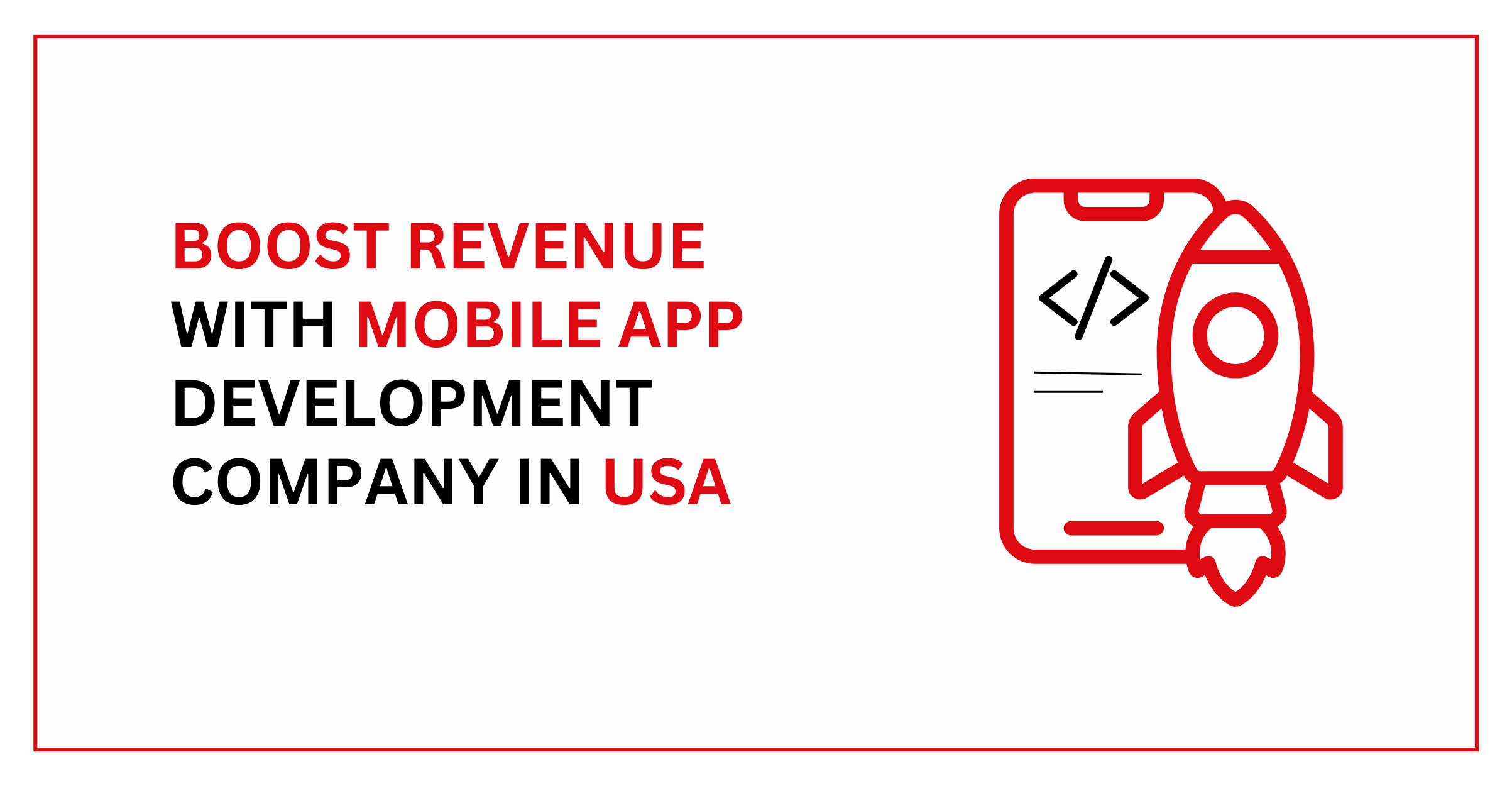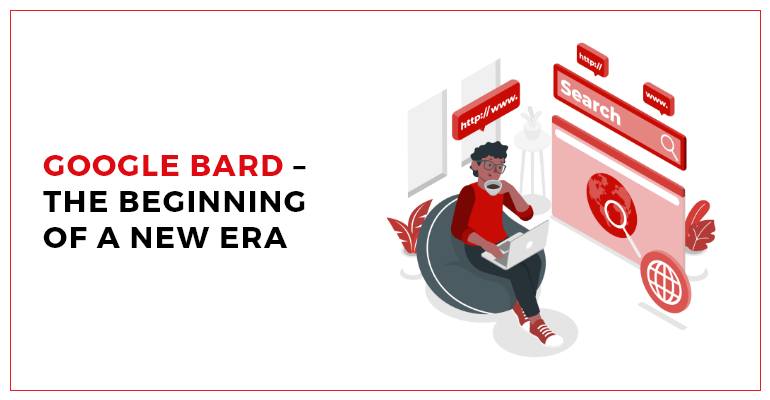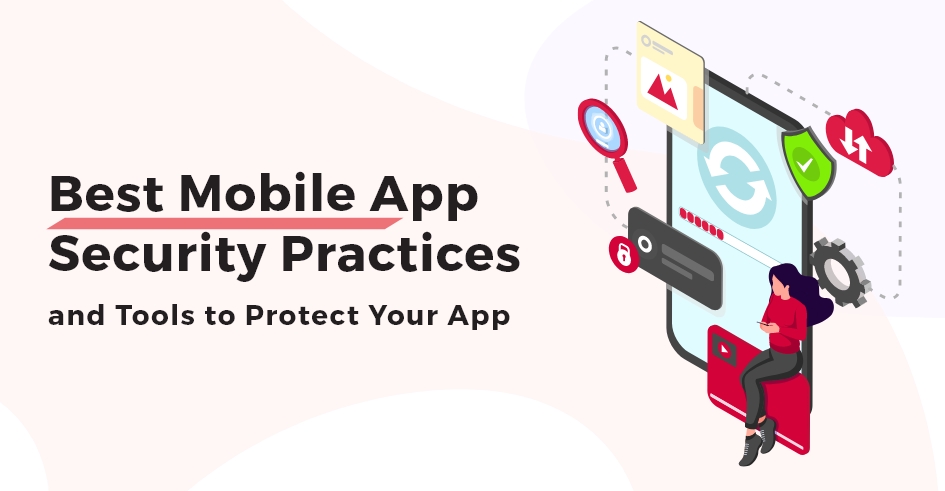Overview: FedNow service is a new Federal Reserve-backed instant payment service. It allows financial organizations to let consumers make payments that can be sent anytime. FedNow does not replace PayPal or other apps like Venmo, Cash App, or Zelle. However, the service’s availability is contingent on your bank’s participation. Let’s look more into it.
What is FedNow?
FedNow is the new instant payment service launched in July by Fed.
The Federal Reserve launched its all-new instant payment service known as FedNow this Thursday. As said by the officials, the service was in development for several years and will serve faster cash flow for businesses and individuals.
The system is supposed to improve the flow of money through the US economy, whether it is enabling fast access to wages, allowing for last-minute bill payments, or distributing government payouts to individuals.
“The Federal Reserve built the FedNow Service to help make everyday payments faster and more convenient in the coming years,” Fed Chair Jerome Powell stated. “As more banks adopt this new tool, the benefits to individuals and businesses will include the ability for a person to receive a paycheck immediately or for a company to access funds when an invoice is paid immediately.” 35 early adopters have signed up, including JPMorgan Chase and Wells Fargo, two of the four major banks in the United States.
FedNow will be available to all banks and credit unions, although membership is not required. FedNow will not be available to consumers, businesses, or non-bank payment providers directly, but they will be able to access the service through a partner financial institution. Neobanks, which are not banks, would need to collaborate with a participating bank.
FedNow Payment Service
The FedNow Service is designed to provide continuous processing 24 hours a day, seven days a week, with security safeguards to protect payment integrity and data security. Every day of the week, including weekends and holidays, the service operates 24 hours a day.
On each FedNow Service business day, end-of-day balances are reported on Federal Reserve accounting records for each participating depository institution. Participants in the FedNow Service have access to intraday credit during the business day under the same terms and conditions as other Federal Reserve services.
When did FedNow launch?
The Federal Reserve introduced FedNow on July 20, 2023. Since 2021, more than 120 banks and payment providers have participated in the program.
How does FedNow work?
Clearing and settlement are frequently required for payments between banks. The clearing is the exchange of information between banks concerning payment and might include other actions such as fraud detection. Settlement entails transferring funds to the recipient’s account. According to the Fed, FedNow will make clearance and settlement happen in seconds.
Instant transfer speed: The Federal Reserve defines an instant payment as having full access to money within seconds of the payment being sent.
Cost: FedNow, like other Fed payment systems, will charge fees to participating financial institutions; however, it is uncertain whether banks will pass on FedNow expenses to their clients.
Limitations on transfer amounts: The Fed will cap transfer amounts at $500,000 and establish the default transfer limit for a financial institution at $100,000; however, a financial institution can opt to raise or lower its limitations.
Other restrictions: FedNow will initially be confined to domestic payments between financial institutions in the United States. If you need to conduct transactions abroad, consider wire transfers through a bank or money transfer service — or multi currency accounts for long-term travelers.
How does FedNow differ from Fedwire?
The Fedwire Funds Service is a real-time gross settlement system that allows banks, corporations, and government organizations to transfer funds electronically. Fedwire can post and settle payments instantly; however, Fedwire has limited availability and can only handle payments on designated business days and during business hours. In comparison, the FedNow Service does not have evening, weekend, or holiday restrictions; it is open 24 hours a day, 365 days a year.
It is crucial to note, however, that FedNow transactions have a maximum value; FedWire does not have a limit, though your bank may set one.
Why is the Federal Reserve Bank developing FedNow?
Instant payments are one of the fastest-growing types of digital payments, with a compound annual growth rate of 23.6 percent expected between 2020 and 2025. More than 50 central banks have already established instant payment networks that allow for the instantaneous posting and settlement of cash.
Consumers and businesses in the United States can already make immediate payments through Zelle and the RTP Network, which are both privately held systems owned and run by Early Warning Services, LLC and The Clearing House, respectively. In 2013, the Fed began investigating the prospect of establishing a centrally owned and run rapid payments network, and in 2015 it established the Faster Payments Task Force (FPTF) to find chances to implement immediate payments.
Finally, the Fed is creating FedNow to enable financial institutions of all sizes across the United States to provide safe and efficient rapid payment services to their consumers.
What does a FedNow payments flow look like?
A FedNow payment flow is just the same as any other instant payment flow. Some of the stakeholders involved in this process are
- A payer
- The payer’s financial institution
- The FedNow network
- A payee
- The payee’s financial institution.
The payment flow of FedNow works like this:
- A payer initiates a payment by sending a payment message to their financial institution via an end-user interface that is separate from the FedNow Service.
- The payer’s financial institution gets the payment instruction and, if sufficient funds are available in the payer’s account, authorizes the transaction.
- A payment message is sent to the FedNow Service by the payer’s banking institution.
- The FedNow Service checks the payment message and forwards its contents to the payee’s financial institution for approval or rejection.
- The payee’s financial institution either accepts or rejects the payment message and sends a response to the FedNow Service. If the payee’s financial institution rejects the communication, the FedNow Service will notify the payer’s financial institution of the payment failure. If the payee’s financial institution accepts the message, the FedNow Service automatically deducts money from the payer’s account and posts it to the payee’s account.
- The FedNow Service tells all parties that the money has been successfully transferred and the transaction is complete.
What are the advantages of FedNow?
Bill payments and account-to-account transfers were two of FedNow’s initial uses. Being able to send money fast could be beneficial, especially if you’re on a tight budget and subject to late payment penalties.
You might pay a bill on the due date and receive immediate confirmation that your payment was approved. And, because your bank must verify sufficient funds before initiating an instant payment, there is usually little risk of overdrawing your account or incurring overdraft fees. Account-to-account transfers will allow you to manage your accounts across banks seamlessly.
Why is FedNow important?
FedNow is not the first real-time payments service in the United States, but it is expected to broaden the reach of fast payments to additional institutions across the country. More than 10,000 banks and credit unions already have access to the Fed’s payment services, either directly or through an intermediary. In comparison, The Clearing House, a privately owned organization, has run the RTP network, a real-time payments platform, since 2017, but only roughly 350 financial institutions participate. Almost every bank or credit union can access the RTP network.
FedNow uptake among financial institutions, according to Peter Tapling, payments industry consultant and managing director of PTap Advisory, LLC, will take time. One encouraging sign, he wrote in an email, is that the Bureau of the Fiscal Service of the United States Department of the Treasury is on the list of participants. Among other things, the agency is in charge of issuing payments to the public on behalf of the federal government, such as tax refunds and Social Security benefits. According to Tapling, the US Treasury’s use of FedNow may increase the impetus for more banks to join the program.
Will FedNow Include a CBDC?
“No” is the short answer. There is speculation that FedNow will usher in a new era of government control through the use of a CBDC and its power over money and the banking system. This is a possibility, like anything else, but it is not what is happening right now.
Congress has the final say on whether or not a CBDC will be established. This does not, however, preclude federal agencies from investigating and testing them. It is actually a good idea to test and understand how introducing a new financial technology would influence markets, the financial system, and us, of course.
The Fed has every reason to be concerned about the impact of decentralized finance (DeFi) on its control over money and policy (they control interest rates and the money supply). DeFi transactions are on the rise and continue to bypass the regular system. Other agencies must look at digital assets and decentralized money for consumer protection and transparency concerns. This is a different and continuing argument.
Is FedNow Experimenting with Blockchain?
Yes, FedNow is taking Blockchain into account.
The Fed is testing the blockchain waters in real time, which might pave the way for the introduction of a CBDC if Congress so directs.
“blockchain operator Tassat has announced that it will provide access to the US Federal Reserve’s FedNow payment system.” Using a customer-oriented application-programming interface (API), the company will act as a business-to-business interface for FedNow. FedNow access will be available through the company’s interbank and intrabank services.
FedNow will interface with Metal Blockchain separately. It is a fork of the Avalanche blockchain with a Layer 0 blockchain. It will establish safe, interconnected bank chains that will not rely on oracles. More intriguingly, Metallicus (the company that owns Metal Blockchain) co-founder and CEO Marshall Hayner remarked, “…it will also allow banks to prepare for an eventual central bank digital currency (CBDC), as well as for ‘bank issued stablecoins that can interact within a basket of stablecoin currencies.”
What Does This Mean for Crypto?
The answer is it can be, or it cannot be, the crypto killer, but it is a wake-up call for bitcoins, aka the cryptocurrency industry. It is difficult to determine when, if ever, a CBDC will be available in the United States. FedNow, on the other hand, has the potential to put blockchain-based payment systems out of business.
Ripple, Stellar, and others have no chance until cryptocurrency and DeFi become as simple and easy to use as FedNow when it is completely deployed. At the moment, it is too difficult to use; protocol interfaces are clumsy, transmitting cryptocurrency from centralized exchange wallets might be delayed and lost, and the entire private keys thing is too much for most people.
Some of your frequently asked questions:
Is FedNow replacing PayPal?
The Fed has stated that FedNow is not meant to supplant or replace other money transfer services such as Venmo, Cash App, PayPal, or Zelle. Rather, it is intended to complement the existing private-sector-built networks.
What banks will be using FedNow?
FedNow is currently available to 41 banks and 15 service providers, including community banks and large lenders such as JPMorgan Chase, Bank of New York Mellon, and US Bancorp, but the Fed expects to add more banks and credit unions this year.
Is Wells Fargo using FedNow?
Wells Fargo and JPMorgan Chase are among the institutions that will soon offer FedNow services. The Fed created FedNow to make it easier and faster for customers to send and receive online payments.
How much does it cost to do a FedNow transaction?
Similarly, the reserve banks will forego the cost of up to 2,500 FedNow credit transfers every month this year, after which they will charge 4.5 cents per item. The reserve banks will also impose a one-cent per item payment request fee and a one-dollar per transfer liquidity management fee.
Can FedNow freeze your account?
For starters, FedNow does not let the Federal Reserve monitor private citizens or their transactions. Second, FedNow does not delegate authority to the Federal Reserve to monitor or freeze private bank accounts.
Will FedNow connect with NFT?
When it comes to NFT development, FedNow is already considering Blockchain, so maybe in the future, it can be linked to the NFT marketplace.





